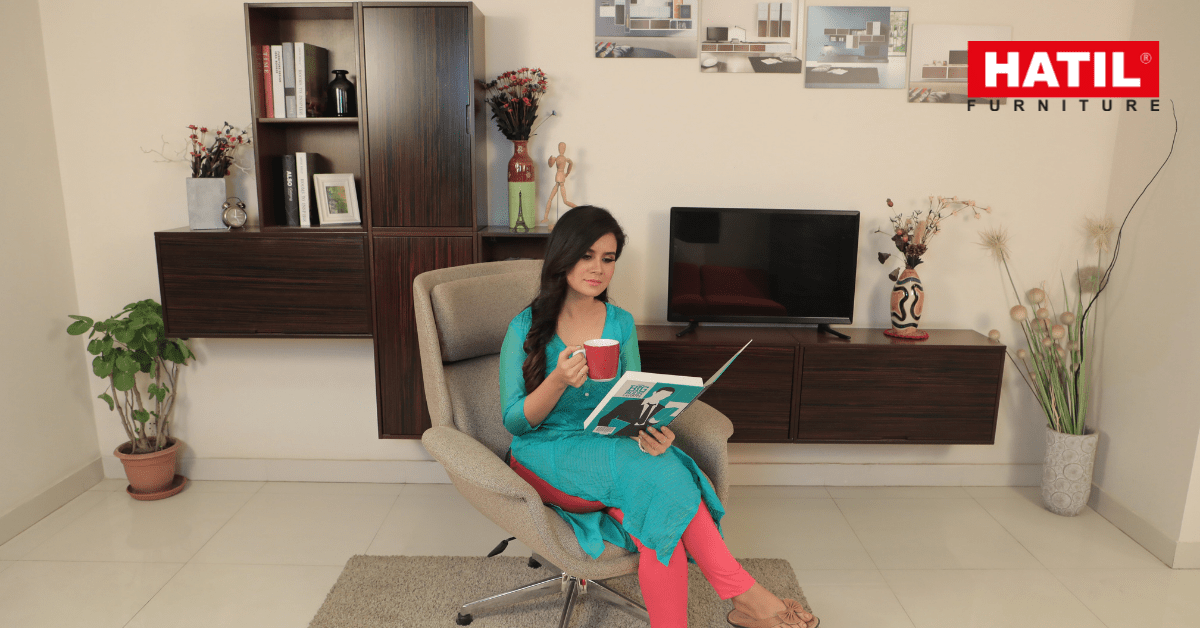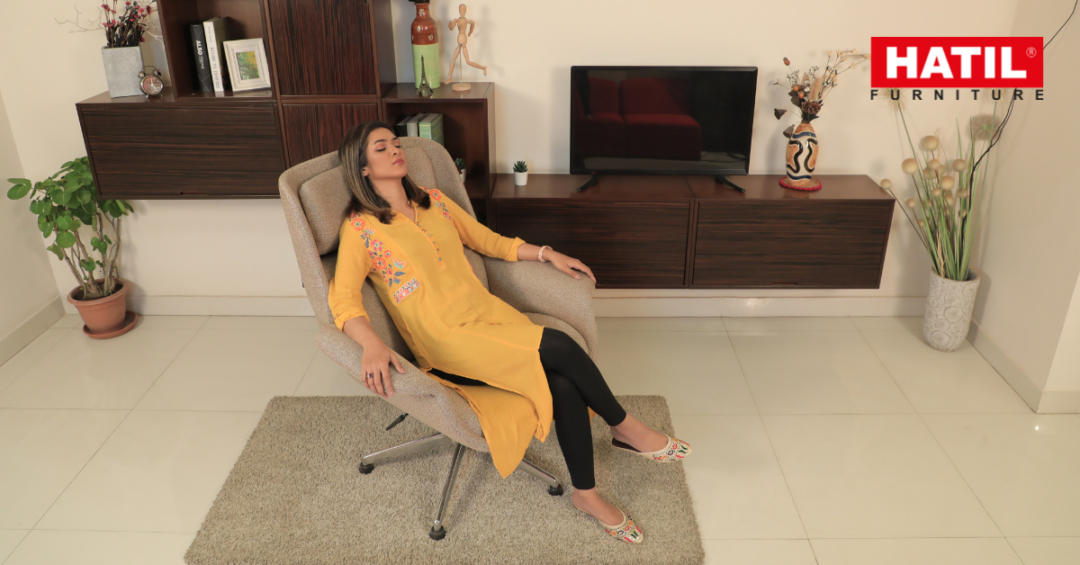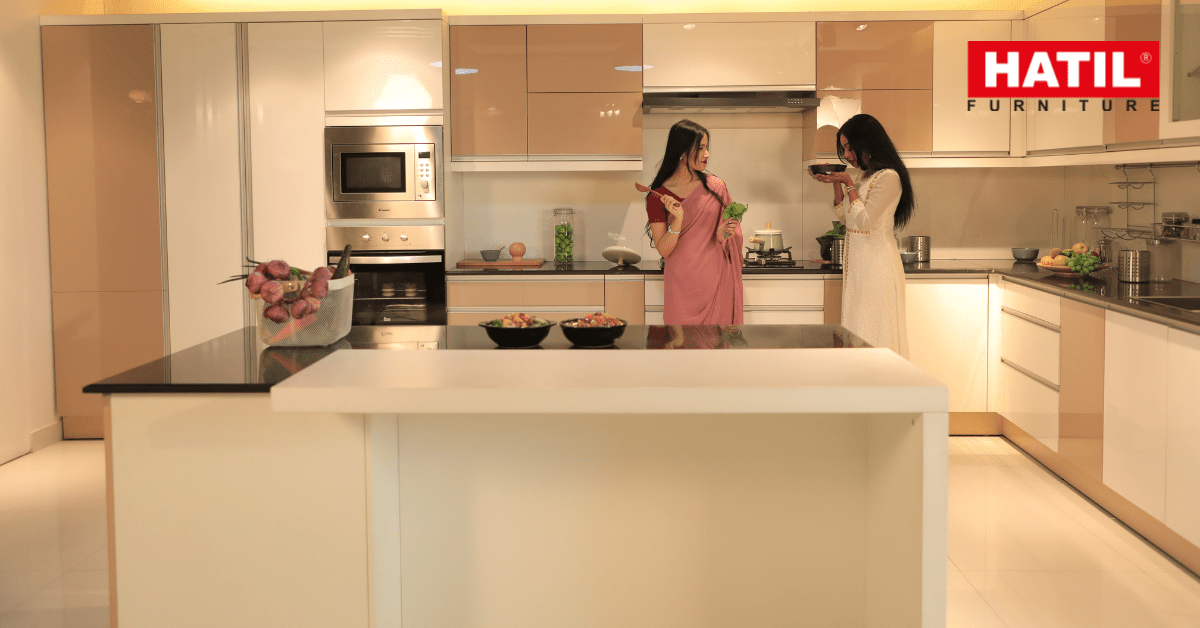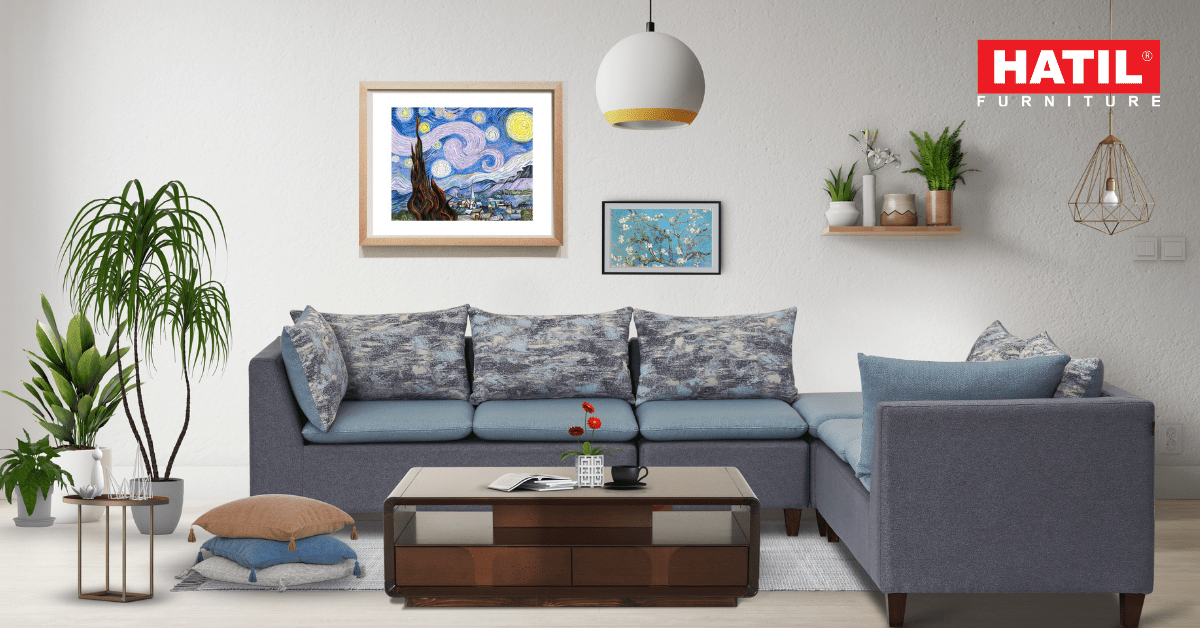Ergonomics– you’ve probably heard that word before. What’s all the fuss about ergonomics and how does it affect you, if at all? Well, worry not for we will discuss ergonomics and it’s influence on interior design.
Ergonomics is the concept of designing or arranging workplaces, products and systems so that they fit the people who use them. In other words, ergonomics aims to design and setup objects so that you are comfortable while using them and can provide maximum productivity. While it is mostly considered in workplace designs, there’s no reason why it shouldn’t be considered while decorating your home.
Think of a pen. You’ll notice that most pens are of a certain length. Now try to recall some childhood memories. Remember those weird pens that kids used to flex at school? The ones that were as long as a twelve-inch ruler? Remember how uncomfortable they were to right with? Ergonomics focuses on variables like this and ensures that the object that you are using is of the right design to fit the user. Which is why sometimes it’s referred to as- Human Factor.
Now the big question- Why is ergonomics important in interior decoration?
Let’s picture a small round dining set. The wise and ergonomic decision would be having four chairs at 90-degree angles, this making the full circle. This will allow for each person to have a comfortable seat without feeling suffocated by another. There will be enough room for each person to take their seat or get out of it when necessary. The spaces around each seat or chair will allow you to serve the dishes on the table without much trouble. Also, because there are four people being served on the table, the table itself will hold enough space for such an occasion. Ergonomic thoughts consider all this. But add one more chair and it affects all the other. The seats become congested, the space becomes restricted and the serving will be worse. We want a peaceful meal, not a stressful one.
Environmental physics is another concern of ergonomic decoration and this is arguably the main factors behind comfort. Let’s think of furniture placement with consideration to light source for a minute. It is recommended that you allow as much natural light in your abode as possible. Which means you should refrain from putting setting up the big and bulky furniture away from the doors and windows. But when we consider light source, we should also consider the artificial lights of the room.
Experts recommend that there should be more than one source of light in your room. If you are decorating your office, light is one of the major factors that should be considered with gravity. Poor lighting causes strain on the eyes which in turn will affect the productivity. Similarly, the lighting at your home should be taken seriously. Ambient lighting should always be first priority. Ergonomic concept is that you should have your dining room well lit because a person’s mood can and does affect their hunger.
Ever wonder why all the sofas are pointed towards the TV cabinet?
In the Livingroom, the sofa, the centre table and the side table consolidate into one set. And the set is usually pointed towards a TV cabinet. While we enjoy a conversation in the Livingroom, as long as there’s a TV on, it’s basic human nature to glance at bright and moving objects (the pictures and the bright screen) frequently. If you have to turn your head every two minutes to look at the TV because you couldn’t help it, then regardless of how quickly you finished you tea, you will have a muscle strain or a neck pain before the cup lands on the table. Ergonomics considers these factors and this is why the sofa sets are pointed at the TV.
What about the design of the furniture themselves? Does ergonomics come into play?
Of course, it does. Notice how the sofa have a small yet heavily padded backrest. And even though it looks small, it always covers your back. While the chairs have a stiffer backrest that supports the spine. This is to ensure that you are well in comfort while having a chat on the sofa and attentive while reading on the chair. Chairs that are more ergonomic will have a headrest, armrest and their heights will be adjustable. These pieces are designed specifically for an office environment.
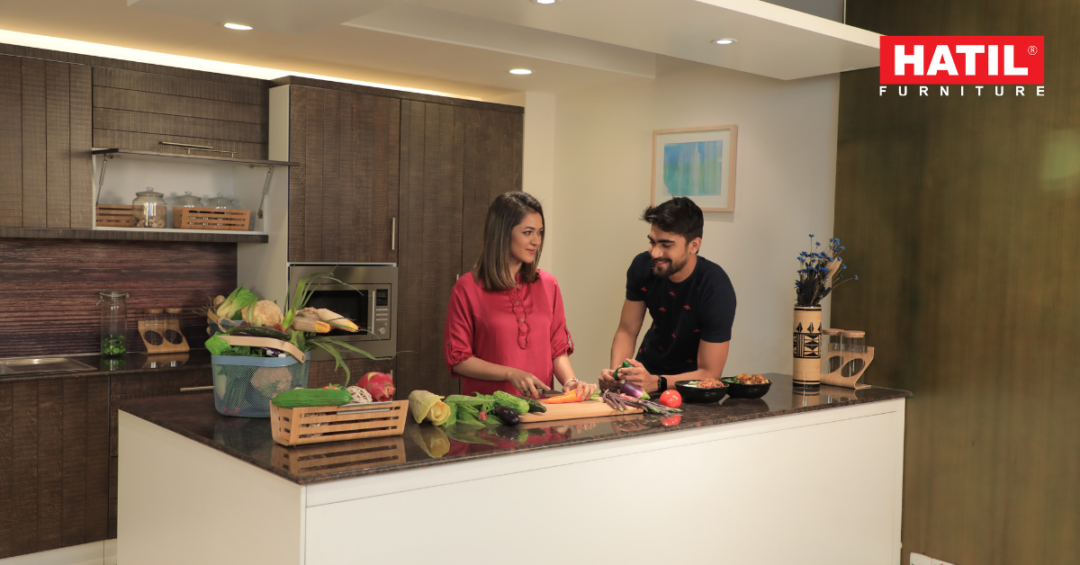
Let’s talk about something more serious. The kitchen. If you recall, back in the old days, people used to have kitchen quite a bit away from the Dining which makes no sense at all. A kitchen and Dining should always be adjacent because simply put- it’s more convenient. The modern kitchens have high counters and cleverly uses the space above and below the counters for storage space or technical objects. Back in the days, when ergonomics wasn’t considered, there was a trend in our country to have the ovens and stoves set on the floor which is a torture on your spine and it was exhausting. Imagine having to kneel down or bend over just to make some tea. Thanks to ergonomics designed thinking, we are way past that.
While it is true that workspace is where ergonomics is most used and needs to be used, it’s an essential part of interior decoration and it’s prevalent in furniture design. Some are more thoughtfully designed, some are not. It’s up to you to pick the more ergonomic design and set up with all the human factors in mind. Take the go from Ergonomics and go with the ergonomic design. This is one decision that you will not regret.

